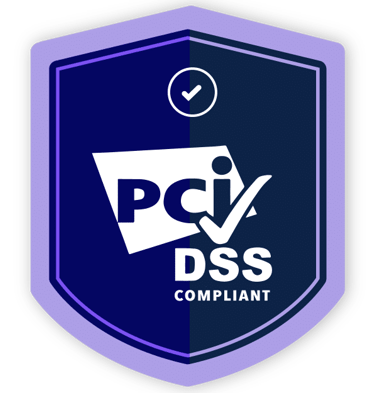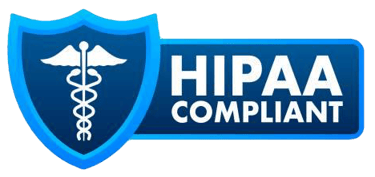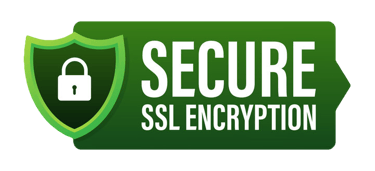What CMS Surveyors Look For in Your QAPI Program
Learn what CMS surveyors look for in your home health QAPI program. Ensure compliance with §484.65 through data, PIPs, and documentation.


For Medicare-certified home health agencies (HHAs), the Quality Assessment and Performance Improvement (QAPI) program is not just a regulatory requirement—it is a roadmap for delivering safer, higher-quality, and more efficient patient care. Under 42 CFR §484.65, HHAs must develop, implement, and maintain an effective, ongoing QAPI program that involves all agency services and focuses on improving patient outcomes.
When CMS surveyors arrive, QAPI is a high-focus area. Agencies with strong, well-documented QAPI programs demonstrate compliance, reduce deficiencies, and build credibility with referral sources and patients alike.
Key QAPI Requirements Under the CoPs
According to §484.65, your QAPI program must:
Be data-driven – Use measurable indicators to track outcomes, processes, and quality measures (e.g., hospitalizations, medication reconciliation, patient satisfaction).
Be agency-wide – Involve all services provided, not just nursing or therapy.
Use ongoing performance improvement projects (PIPs) – Address high-risk, high-volume, or problem-prone areas.
Show evidence of governance involvement – Your governing body must review, approve, and ensure resources for QAPI.
Document everything – From data collection to corrective actions and evaluation of effectiveness.
What CMS Surveyors Look For
Surveyors follow CMS guidance and interpretive guidelines. They expect to see:
1. Written QAPI Plan
A current, detailed plan tailored to your agency’s scope and patient population.
Evidence that it is reviewed at least annually and updated as needed.
2. Data Collection & Analysis
Demonstration that the agency tracks quality indicators (e.g., falls, wounds, infections, rehospitalizations, OASIS outcomes).
Use of objective, measurable data rather than anecdotal evidence.
3. Performance Improvement Projects (PIPs)
At least one PIP underway that addresses an identified problem.
Documentation showing how the issue was identified, actions taken, and follow-up monitoring.
4. Governing Body Involvement
Board or leadership meeting minutes reflecting review of QAPI reports.
Evidence of resource allocation to support improvement projects.
5. Staff Involvement
Staff participation in identifying problems and solutions.
Training records showing QAPI education.
6. Documentation of Actions & Outcomes
Clear evidence of how identified issues led to corrective actions.
Follow-up reports showing whether interventions were effective.
Common Deficiencies Surveyors Cite
QAPI program is generic, not specific to the agency.
No documentation of governing body oversight.
PIPs are missing, incomplete, or not ongoing.
Data collection is irregular or not tied to measurable outcomes.
QAPI activities focus only on compliance, not actual patient care outcomes.
Best Practices for Passing a QAPI Survey
Keep QAPI Active Year-Round – Don’t scramble before survey; integrate QAPI into monthly operations.
Show Real Projects – Focus on issues meaningful to your patients (e.g., reducing falls, improving wound healing times).
Document Thoroughly – Keep a binder or digital file with QAPI plan, meeting minutes, PIPs, data reports, and follow-ups.
Engage Your Governing Body – Make sure leadership understands and can speak to QAPI efforts.
Train Staff – All team members should know their role in quality improvement.
How SummitRidge Can Help
At SummitRidge, we specialize in helping home health agencies build, strengthen, and sustain their QAPI programs. Our services include:
QAPI plan development and customization.
Mock survey reviews to identify deficiencies before CMS arrives.
Staff training and education on QAPI involvement.
Documentation tools to simplify reporting and data tracking.
Governing body compliance support to meet oversight requirements.







